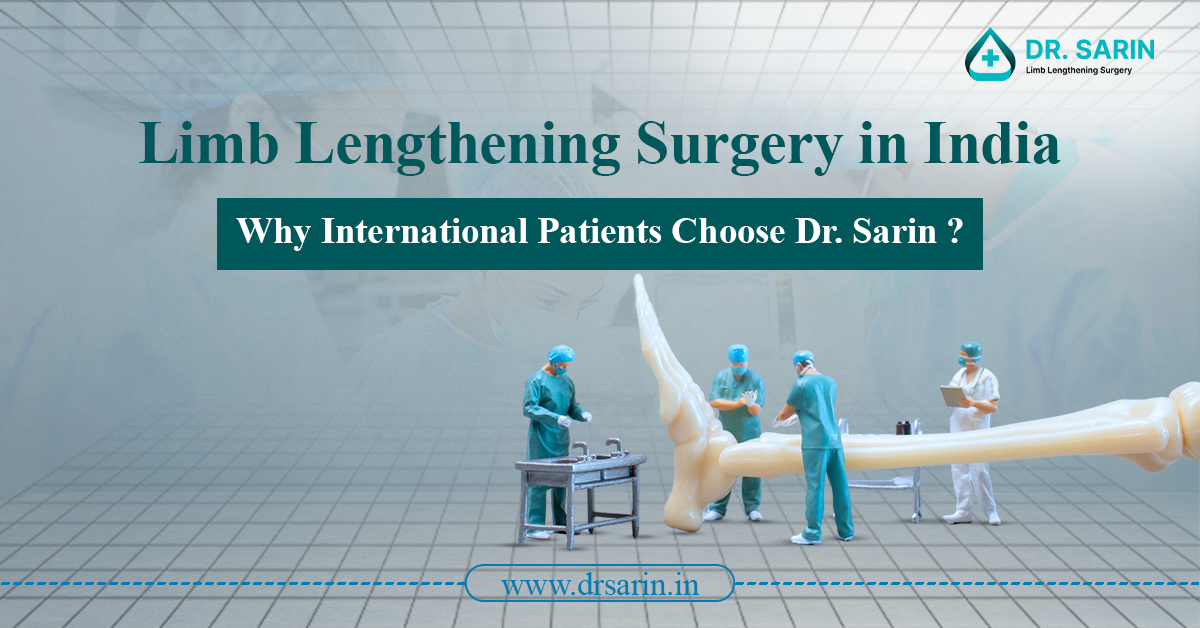The history of limb lengthening is a fascinating journey through medical innovation, perseverance, and the quest for enhancing the quality of life for individuals with limb length discrepancies or deformities. Let’s delve into the evolution of limb lengthening techniques and the milestones that have shaped this field.
Ancient Beginnings:
The roots of limb lengthening can be traced back to ancient civilizations. Historical records suggest that as early as the 8th century, methods such as traction and stretching were used in attempts to correct limb deformities. These early practices laid the foundation for the concept of gradual lengthening.
Gavriil Ilizarov’s Groundbreaking Work:
A major breakthrough in limb lengthening came in the mid-20th century with the pioneering work of Russian orthopedic surgeon Gavriil Ilizarov. In the 1950s, Ilizarov developed the Ilizarov apparatus, an external fixator that allowed controlled, gradual lengthening of bones. This revolutionary device transformed the field of orthopedics and became a cornerstone in limb lengthening procedures.
Mechanical Advances:
Advancements in the mechanical aspects of limb lengthening continued to evolve over the years. The introduction of motorized distraction devices in the late 20th century marked a significant improvement in the precision and ease of lengthening procedures. These devices allowed for more controlled adjustments and reduced the physical burden on patients.
Modern Surgical Techniques:
In the 21st century, limb lengthening procedures have become more sophisticated with the advent of minimally invasive surgical techniques. Precise imaging technologies, such as computerized tomography (CT) scans and magnetic resonance imaging (MRI), enable surgeons to plan and execute procedures with unprecedented accuracy.
Distraction Osteogenesis in Orthopedics:
Limb lengthening predominantly relies on a process known as distraction osteogenesis. This technique involves making a controlled osteotomy (bone cut) and gradually separating the bone fragments, stimulating new bone formation in the gap. It has proven effective in addressing various conditions, including congenital limb deficiencies, post-traumatic deformities, and discrepancies in leg lengths.
Cosmetic Limb Lengthening:
Beyond addressing medical conditions, limb lengthening has gained popularity for cosmetic purposes. In recent years, individuals seeking to enhance their height have undergone elective cosmetic limb lengthening procedures. This controversial practice has sparked ethical debates but highlights the versatility of limb lengthening techniques.
The history of limb lengthening is a testament to the resilience of medical professionals in the face of challenges and their commitment to improving the lives of patients. From ancient methods to modern surgical innovations, this journey reflects the ever-evolving nature of medical science and the pursuit of solutions to enhance mobility and well-being.




